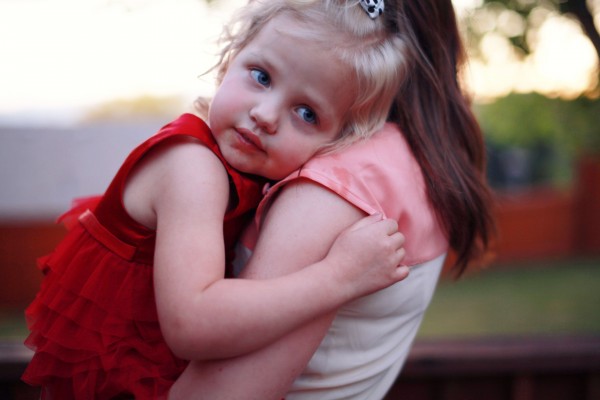
From the moment our little ones let out their first cry, it’s their way of letting us know what they need - whether that is to be fed, changed, soothed or comforted. It’s one of the first ways they learn how to communicate at such a young age.
Communication is how both children and adults connect with others; build relationships and trust; problem solve, and make decisions. As tiny babies grow into busy toddlers, they start to become more aware of their feelings and what they need to do to express themselves, whether that is through crying, their facial expressions, physical outbursts or simply with words.
Independence, determination, stubbornness and the interactions with people around them play a huge part in these new-found feelings. Overwhelming as they might be, it’s up to us as the parents to help our children understand their feelings and figure out what will make it easier to manage the trickier moments.

Tuning in to your child
That familiar saying of a ‘parent knows their own child best’ is absolutely true. You know what can trigger them a mile away; what they like and dislike, often you can already see a situation unravel before it even happens! I often say to parents to ‘tune in’ to what your child might be feeling. Be aware of what triggers their good moods and not-so-good moods! Anticipate what you can say or do in a heated situation, so that your child will respond to you. Once parents finds a technique that works for them, it can help in such a positive way. From about the age of 18 to 24 months, children begin to experience emotions like embarrassment; they start to use language to talk about emotions and feelings of being happy and sad - this is a good thing! The more our children are encouraged to express themselves, the more they will be able to manage those stronger emotions as they get older.
Acknowledging and naming feelings
One of the most powerful ways to diffuse a situation or to calm a very emotional child is firstly to keep cool, take deep breaths and have a lot of patience – I know this can be easier said than done, but children rely on us to be in control. Your child will pick up on the fact that you are remaining calm in a tense situation. Next, try to acknowledge and name your child’s feelings, particularly when you can see that they are angry and upset, and are simply too young to verbalise how they are feeling. This can be so reassuring and encouraging from where the child is standing. When we listen and appreciate our children’s feelings on a regular basis, they learn to understand and manage them - especially the difficult emotions like anger, frustration and upset.

It’s also a great way to help children complete difficult tasks and diffuse some of their more challenging behaviours. No matter how young or old a child is, using a sympathetic tone, imitating their facial expressions and gestures can soothe things down. For example; “I can see and hear you when you say you are worried about having bad dreams” or “I can hear how frustrated you are because you want to stay at the playground, but we need to make our way back to the car”. Of course, it’s not going to be just this technique that will take the heat out of the situation, but using emotive language as part of your everyday interactions will ease the more difficult behaviours.
Using a happy-medium
I know there are times when parents feel like they are going around in circles when it comes to managing the spilling over of emotions, but stay calm. For many parenting scenarios, there are more than just non-verbal cues, words and conversations to be had; children respond really well to alternative means when communicating and learning. Take charge of the situation: hand and finger puppets are a brilliant way for young children and pre-schoolers to learn and familiarise themselves with the different emotions, and if you don’t want to make your own, they are available from a number of online Irish companies. There is also a large range of books that are specific to exploring feelings that can be read together with your child, as well as the most recent ‘Magical Fairy Worry Plaque’ that can whisk your little ones worries away!
The best a parent can do is trust their instincts, and be confident in themselves that they know their child best. There will be times of trial and error; however, persevere as best you can when dealing with emotional situations. Once we see something work, it encourages us to keep going!
Aoife Lee, Parent Coach for Giraffe Childcare



